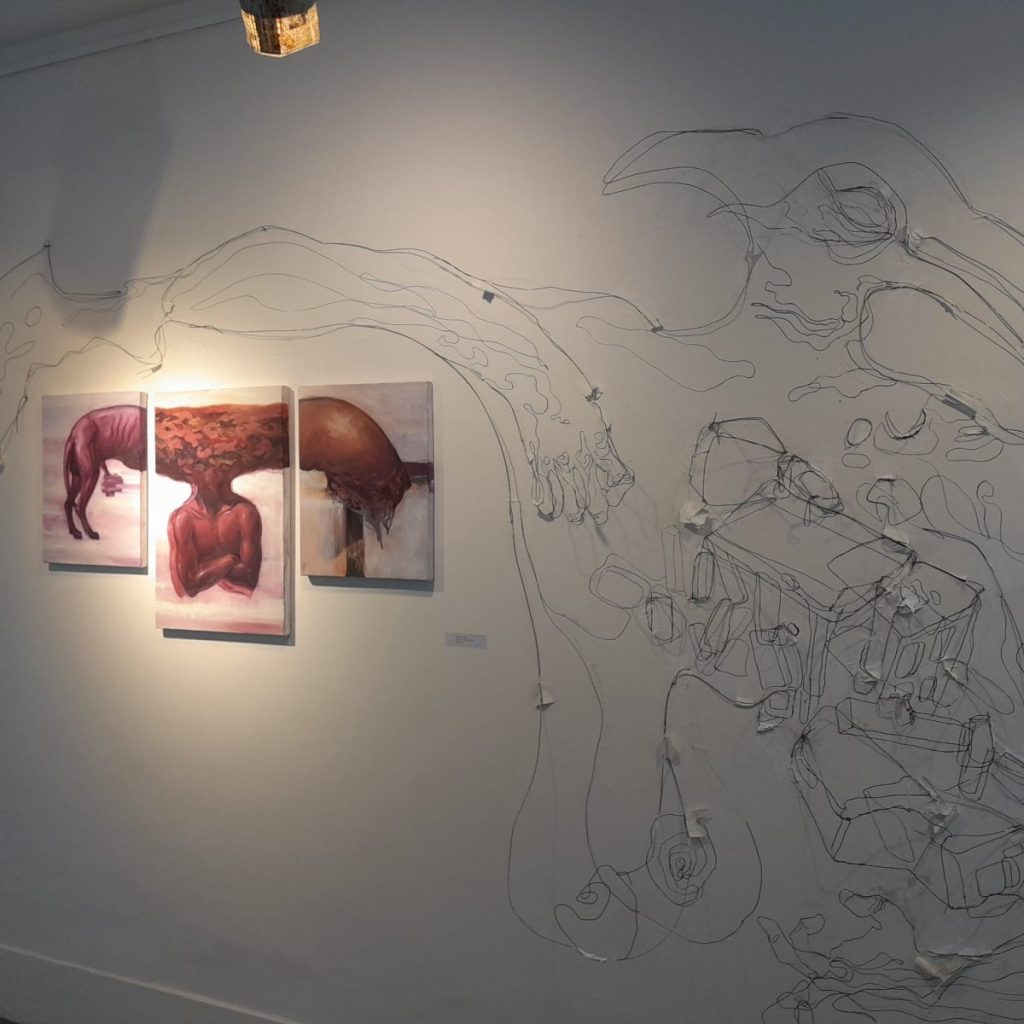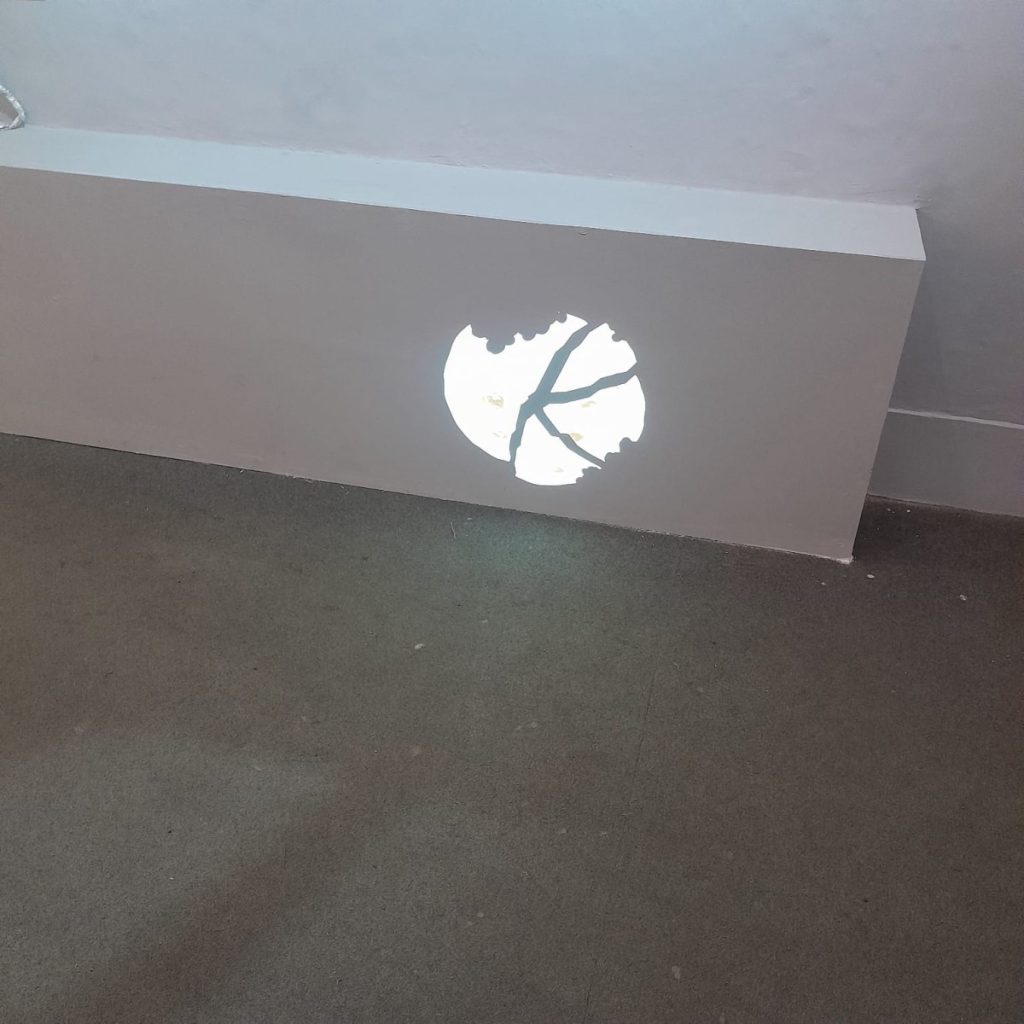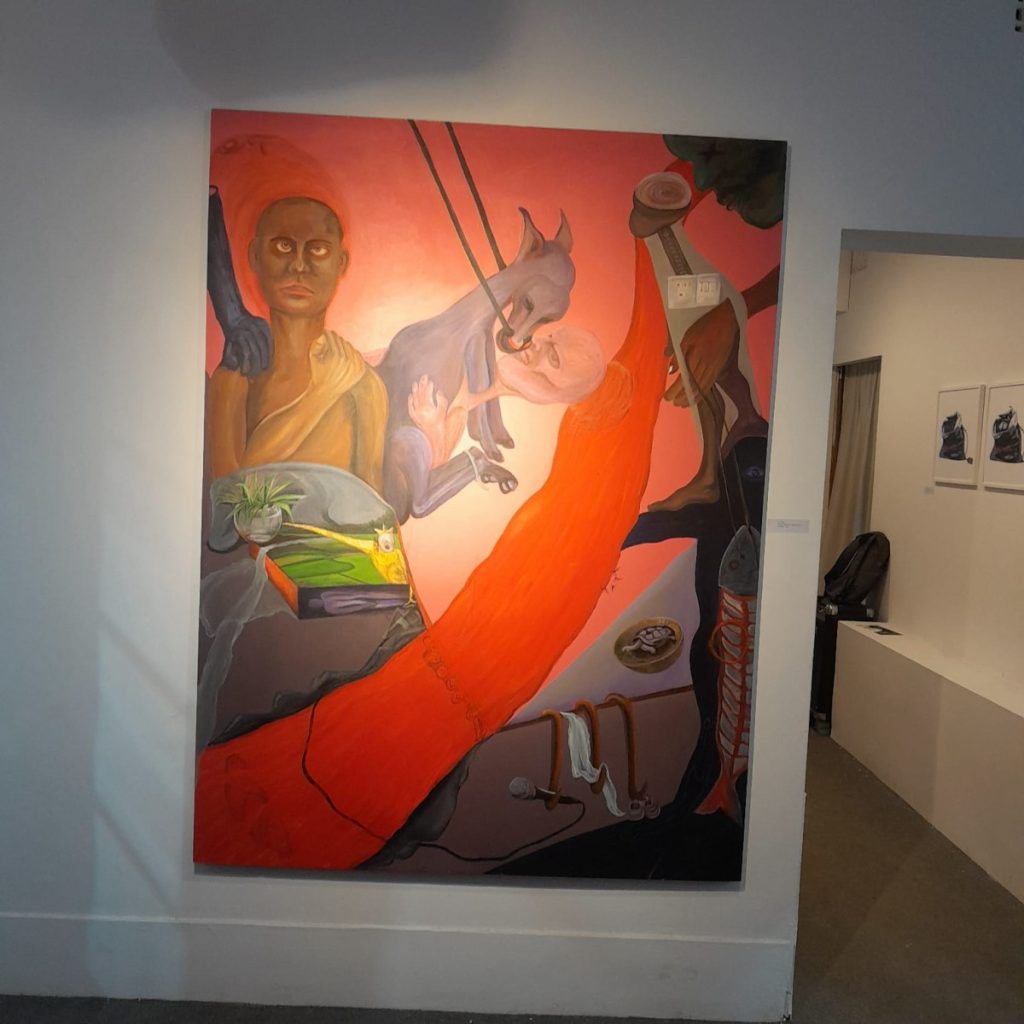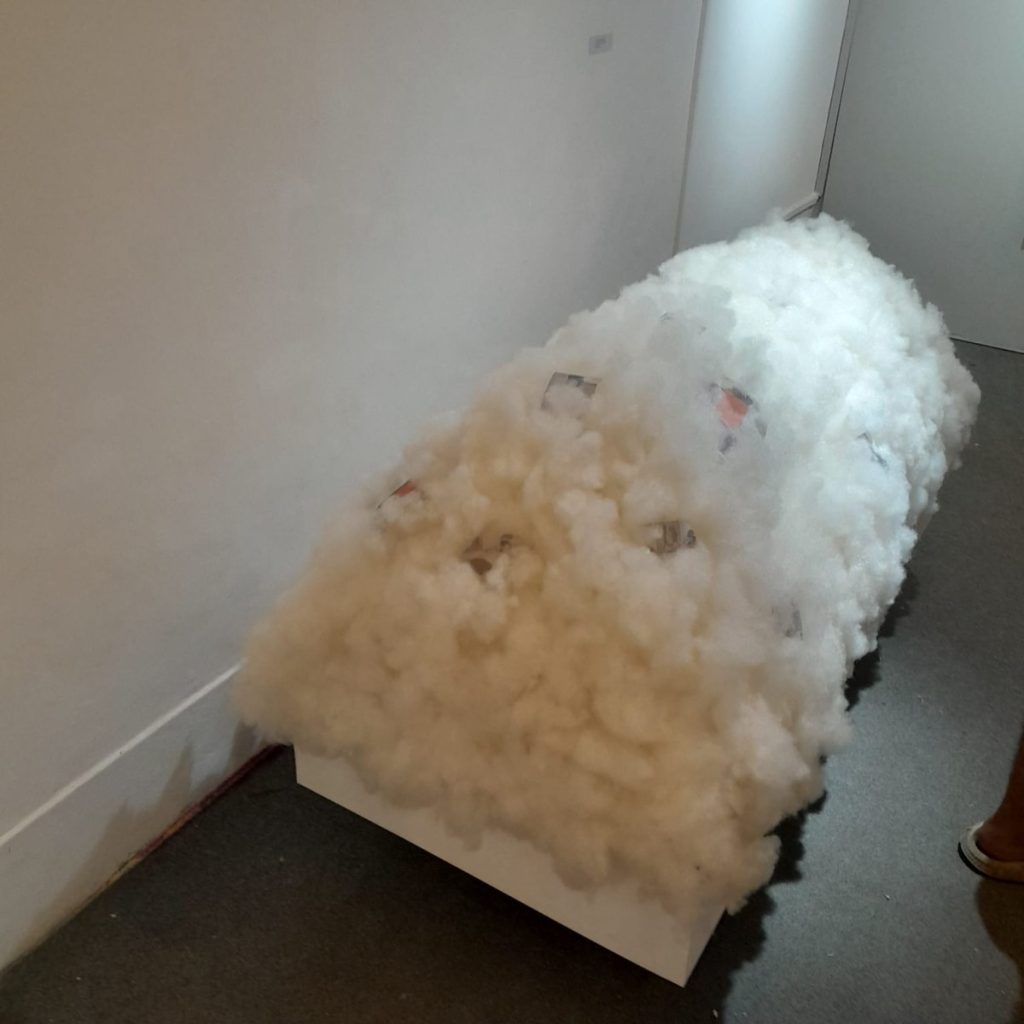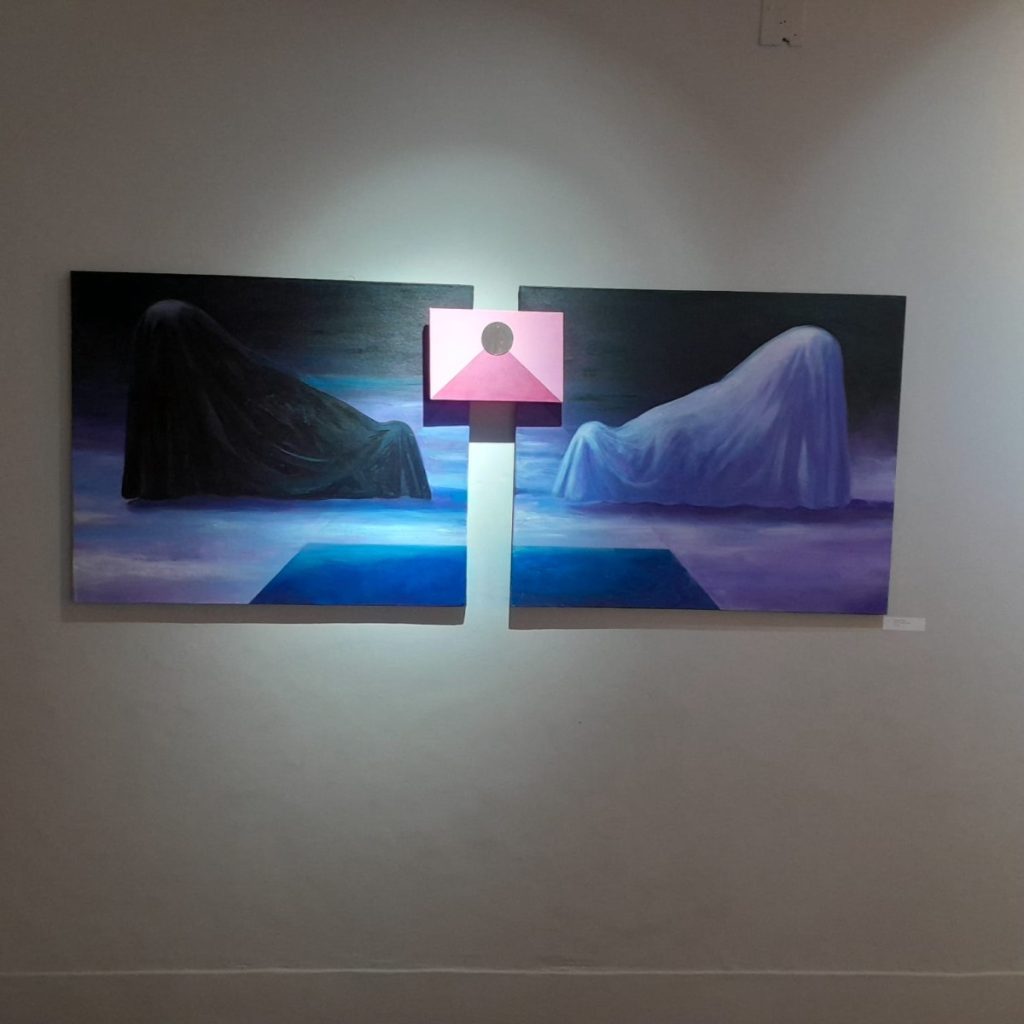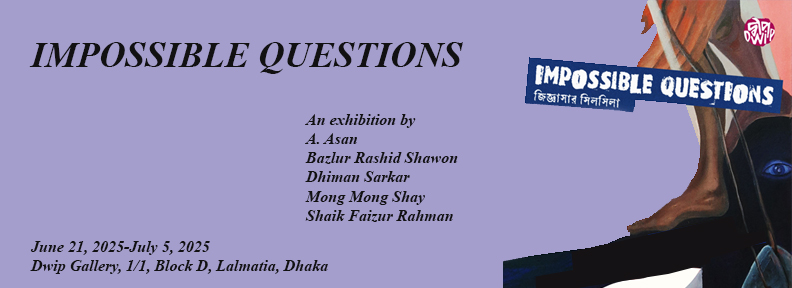
IMPOSSIBLE QUESTIONS
We live within an invisible, yet deeply entrenched social construct where nearly every step we take, every thought we have, and every desire we nurture is intricately bound with various forms and layers of power. This power is not limited merely to political or economic domains; it is interwoven into the finest threads of our everyday lives within the family, the workplace, the media, and even our personal beliefs. As individuals, our desires play a peculiar role as a driving force in this matrix. These desires are, on one hand, a reflection of our own identity, and on the other, are profoundly shaped by power structures.
Often, these power structures determine which questions take root in our minds, what subjects we begin to think about. They define the boundaries of what we see, hear feel-or how we see, how we understand, how we feel. As a result, even our most fundamental questions are shaped by the mold of power, While the freedom to question may exist, the very content of those questions is frequently predetermined.
We navigate through different layers of this socio-economic and state structure, and our roles shift depending on our position within it. Strangely, the same individual may appear as an oppressor or an enforcer of power in one context and yet feel oppressed or victimized by power in another. Sometimes we feel helpless and powerless, as though we are merely victims of cruel fate. At other times, a deep urge for change awakens within us, pushing us to resist and fight against the prevailing conditions. We validate our actions by considering this duality as an eternal part of human existence. In some cases, even when resistance seems futile, an invisible force compels us to challenge the entire system. Yet there are moments when we hesitate to establish even the simplest and most obvious justice, because doing so involves personal risk, social pressure, or a silent allegiance to the existing power. Still, we question.
As individuals, one’s personal desires are indeed important-but at the same time, there is a constant push and pull between the individual’s desires, the society’s expectations from the individual, and the individual’s expectations from society, What a person wants from his/her individual desire, may conflict with social norms or other expectations. Conversely, what society expects from a person may suppress their own desires. These relationships become even more complex when the citizen’s desires toward the state and the state’s expectations of its citizens are added to the equation. The state seeks stability, security, and obedience from its citizens; citizens, on the other hand, seek freedom, justice, safety, and opportunities. This web of complex relationships operates so subtly and effectively, that those engaged in deep thought rarely find a clear explana-tion in their minds. Instead, it manifests as a series of ongoing questions.
In the quest for answers, people sometimes search within themselves, and at other times, they join with groups who are grappling with similar questions to explore possible solutions. Often, a preconceived answer or imagined solution forms in the mind, and based on that, an agenda takes shape and guides their actions. But do we really find the answers? Perhaps finding an answer to one question leads to the birth of many more. The abundance of questions can create a mental pressure that keeps us in perpetual pursuit. This never-ending, unsolvable state sometimes makes our questions appear as impossible ones.
“Impossible Questions” does not imply that answers don’t exist-but rather, that the answers are not linear and are entangled with many interrelated dimensions.
Although the questions posed by the five of us may seem different on the surface, we believe they are deeply connected within the same temporal and social reality. This connection is what has brought us together. In search of answers, we have turned to each other, shared personal stories and experienc-es. In this process, we have sometimes found agreement and at other times, through the different notions within our individuals, tried to forge a fundamental unity. This unity is not about arriving at a singular answer-but about viewing the same issues from different perspectives and collectively trying to delve deeper into them. We believe we are not the first; rather, the instinctive, inquisitive approach we have taken is part of an ongoing continuum of questioning.
Asan
Asan is a multidisciplinary visual artist based in Dhaka, Bangladesh. She completed her BFA in Printmaking from the University of Chittagong (2016) and a MFA in in Printmaking from the same university (2018). She also holds a Master of Visual Arts in Graphic Arts from the Maharaja Sayajirao University of Baroda in Gujarat, India (2021). Asan has participated in about 25 local and international group exhibitions and events, including Body and the Mapa contemporary visual art exhibition exploring the collective psyche of society curated by Sharmille Rahman Bengal Shilpalay, Dhanmondi Dhaka. Inter alia multidisciplinary group exhibition Curator: Sharmillie Rahman; Kochi Students Biennale 4th Edition 2021 online exhibition & archive Kochi Kerala INDIA: Docars Annual, organised by DAG, Jalpaiguri, India (2021); and Social Toothbrush-Solo performance on Global Performance Day by Porapara Space for artists, Chittagong, Bangladesh (2018). Asan’s work reflects observation, engagement, and jagement, and the pursuit of truth. It challenges the boundaries of conventional art and invites viewers to get deeper into the variation of the human experience. abstract and figurative work examines social, political, and cultural issues. A. Asan successfully taps into the darkest comers of the human mind and reflects upon the universal life. Through her art, she offers a critical lens to explore the complexities of the human condition.
Bazlur Rashid shawon
Bazlur Rashid shawon is a Dhaka-based multidisciplinary Artist and Researcher. He attended lots of group exhibitions and participated in many national and international workshops as well. He worked (2018-2019) as a team member of the curatorial team in “Kalakendra” and was a researcher (2022) in Bengal Foundation.
Dhiman Sarkar
Dhiman Sarkar is an art practitioner based in Dhaka. He is an art writer, art teacher, an organizer, and a founding member of the artist collective Daagi Art Garage at the same time. In his experimental works, Dhiman tries. to explore the position of self-realities in diverse subcontinental cultures. Having an inclination toward eclectic views and positions, he wants to observe the different psyches of humankind and their hybrid aptitudes in a global scenario of art. Though achieved his BFA and MFA degrees in painting from the Faculty of Fine Arts. University of Dhaka, he is Interested in engaging in multidisciplinary visual tasks. Currently, he is teaching as an assistant professor in the painting discipline at the department of fine Jahangimagar University.
Shaik Faizur Rahman
Shaik Faizur Rahman received BFA (2016) and MFA (2018) degrees from the Department of Drawing and Painting, University of Dhaka, He is currently working as a full-time visual artist. Art research and writing are also his favorite activities. Apart from this, he as a lecturer at Department of Graphic Design and Multimedia, Shanto- Mariam University of Creative Technology ex guest faculty of Fine Art department of Jagannath University Faizur’s artist-journey has been fortunate to indude participation in various exhibitions, both domestic and foreign, among which the Asian Art Biennale the National Fine Art Exhibition, the Young Art Exhibition, and the india Water Color Biennale some of them. During his student ke Faizur won the Shilpacharya Zainul Abedin Award, and Media Best Prize (2016), and the Medium Best Award for audit work in the annual exhibition of the Drawin gand Painting Department of the Faculty of Fine Arts. Currently Faizur experiments with different types of art forms, such as new media art arid interactive installations.
He now lives and works in Dhaka, Bangladesh.
Mong Mong Shay
Mong Mong Shay is a Dhaka-based Visual Artist and Animator from Cox’s Bazar whose work navigates the intersections of self, psyche, and popular culture. Educated at the Faculty of Fine Arts, University of Dhaka, he delves into the interplay of conscious and unconscious realms, questioning illusions of control in life’s unpredictability. His art emphasizes humanity’s resilience and explores unresolved power dynamics, marginalization, and the exclusionary nature of historical narratives in modern society.


